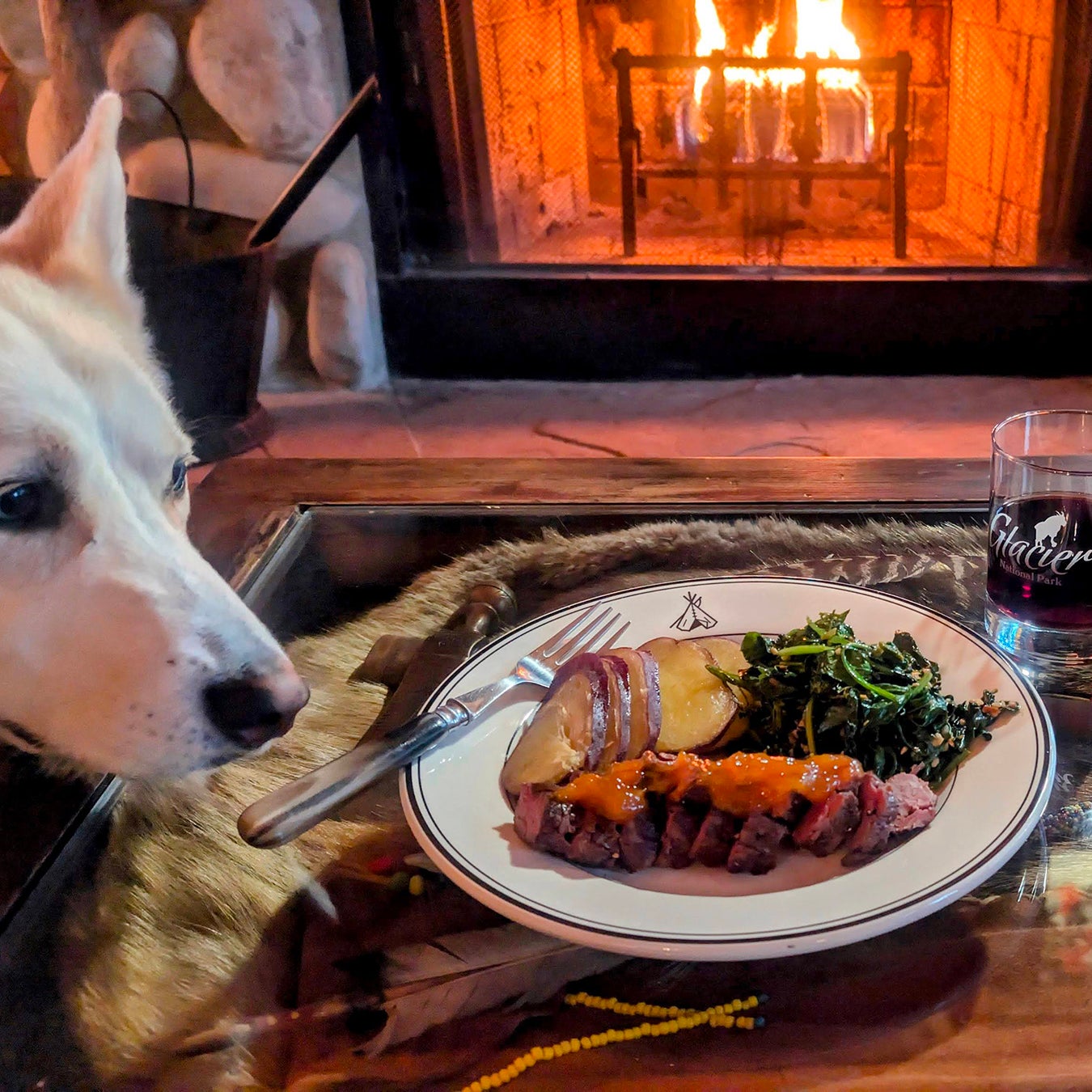Take a spin through the butcher section of your local supermarket—you’ll surely see labels reading “organic,” “grass-fed,” or “free range” on cellophane-wrapped meat stacked inside the refrigerator cases. But absent any real details of how those pre-packaged cuts actually arrived in the fridge in front of you, how are consumers really supposed to know where their food comes from? The real deal isn’t bred by humans, raised by industrial agriculture, processed in a factory, or shipped across the country. It’s out there right now, running around the woods, mountain or meadow. You can go harvest it yourself. Here’s how.
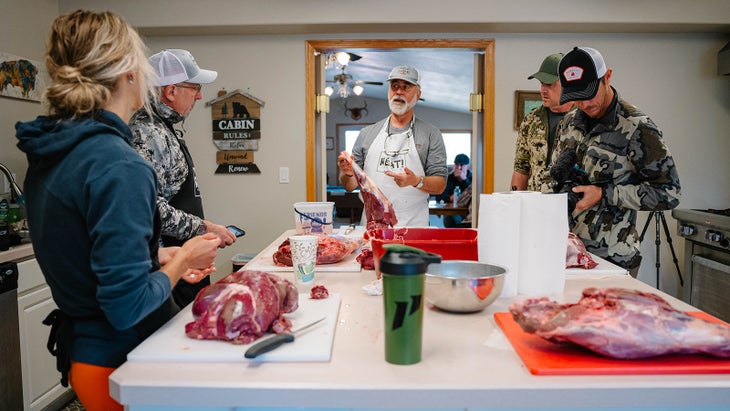
Congrats! You’ve Killed a Deer.
The hardest part of hunting starts once you’ve killed your animal. Your first priority is to cool the meat down. Doing so helps preserve it, and prevent bacteria growth. And to do that, you’ll need to open the carcass up, and remove its organs.
Last month, I joined an organization called on one of their traveling From Field To Table classes. That involved hands-on processing tuition from chef Albert Wutsch. You can find that same instruction in YouTube videos. Since much of the content includes sensitive material, I’ll link out to it, rather than embed it within this article. You should hopefully be able to continue reading without seeing any uncomfortable images.
which is a nice way to phrase gut removal. Remember that the first step is almost always affixing the tag to the carcass, or reporting your kill on a state’s dedicated smartphone application.
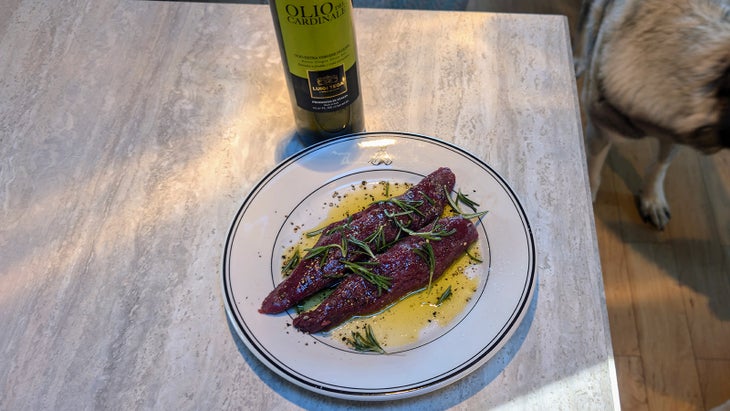
Bringing It Home
Determine ahead of time where you intend to process your animal. If you’re more than a mile from your vehicle, you’ll need to , in order to break it into manageable sections you can carry . If you’re close to a car, you can simply carry or drag the field-dressed carcass back to it. If you have a home, lodge, or campsite nearby, you can then transport the animal back there to butcher it. If instead you have a long drive ahead of you, you’ll want to quarter the animal and get your meat on ice before you begin the journey.
Wutsch says your priority should always be to keep the meat, “clean and cool.” But if it’s less than 40 degrees outside, fresh meat doesn’t necessarily need to be chilled immediately. It can be housed in a game bag to keep insects away, and hung from a tree or rack for a week or more.
You will need to take care when moving a carcass. Contaminants like feces, plant matter, or just plain old dirt will alter the taste if they’re allowed to make contact with meat. If you plan to drag a carcass, or throw it in a truck bed, leave the hide attached until you have a clean place to remove it.
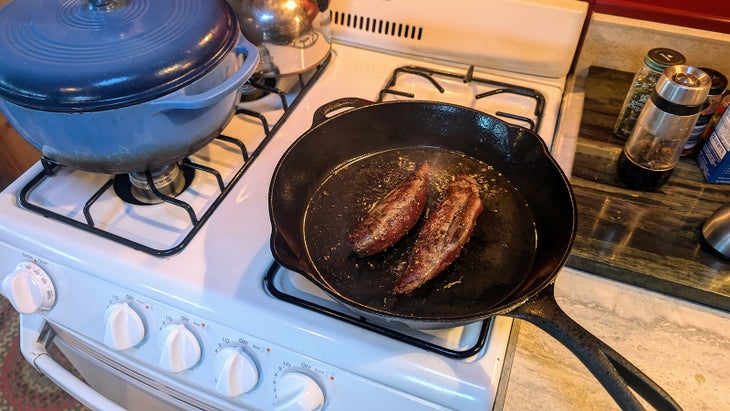
How to Butcher a Deer
The process of breaking a deer down into various cuts of meat is surprisingly intuitive. Once the hide is off, seams between major muscle groups are visible, and many can be pulled apart by hand, or with only minimal assistance from a sharp knife.
. A hanging rack really helps keep things clean, and the elevation it provides can keep your back from getting sore. We used in the class, and I just purchased one to keep at my hunting camp.
You’re going to separate the meat into different cuts—you know, like the loin, shank, flank, etc. Wutsch easily differentiates different cuts of meat by tenderness, and explains that while tough cuts benefit from low-and-slow cooking techniques like sous vide, smoking, and braising, the more tender cuts should be seared quickly at high heat. The choicest cuts from any animal are going to be the tenderloins, which . Since those are so manageable and so delicious, I’m going to focus the rest of this guide on preparing that cut. Tenderloins are a great reward after putting in all the hard work of harvesting your first deer, antelope, or elk.
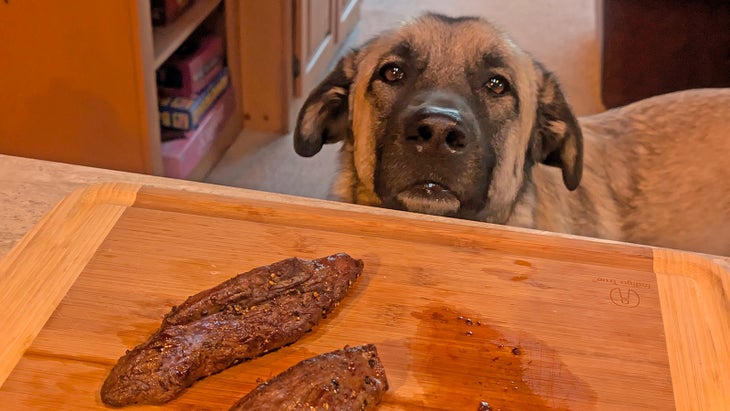
What About Gaminess?
Some people complain that deer and other wild animals have a “gamey” flavor, which is pungent or unpleasant. This just means they haven’t eaten meat that was processed and cooked properly. Gaminess can be caused by mishandling the meat, allowing it to become contaminated during transportation, allowing a gland to leak into it while processing, or most commonly, failing to remove the thin, transparent fascia that wraps each major muscle group.
That fascia can actually be useful, in that it protects the meat itself from insects, hair, and dirt while it’s hung or transported. But care must be taken while processing to remove it entirely from each cut of meat. that hunters often cut steaks from the rear legs by slicing straight through multiple muscle groups. This practice often leaves fascia behind, which spoils the taste.
Instead, he recommends and demonstrates how to break the rear legs down into the individual portions, then how best to use each muscle. Muscles of varying tenderness exist in a deer’s rear leg. Hunters who know what they’re doing can make the most of this meat. Muscle groups should be stored and cooked complete in order to keep them as tender as possible, then sliced only when it’s time to serve.
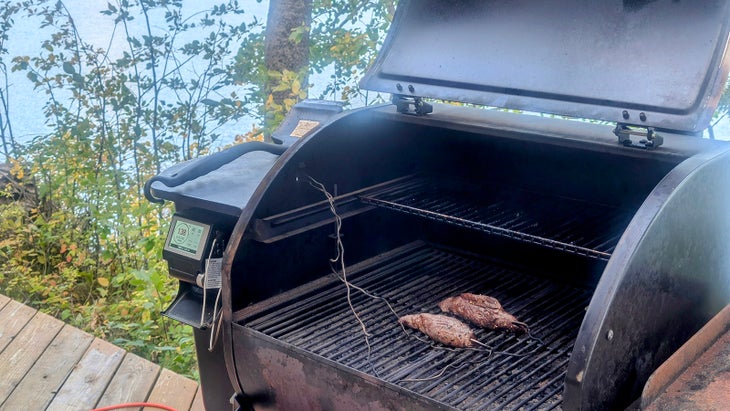
How to Cook Venison Tenderloins
While antelope tends to be a little richer in flavor than deer, cooking methods for the two species are essentially identical. If there is a major difference between the two species, it comes from variances in diet. Many antelope live in the wide open expanses of sage brush that span western states, and that flavor remains present in the meat as a result. I shot mine in a wheat field on Crow Nation land, so there’s really no sage taste that I can detect.
The first step is to season the meat. I like to keep things simple, allowing the flavor of the game to come through. So I stick with a simple rub of kosher salt and freshly cracked black pepper. For the antelope I recently killed, I also added a few sprigs of rosemary.
Unlike domestic livestock, which are fed artificial diets, wild game animals will have virtually no fat content within muscle groups. So, when I’m grilling it, I like to first rub olive oil all over the cut along with the seasoning. This seals in moisture, and adds a little fat to the cooking process. Make sure you’re using actual high-quality olive oil (a New Yorker investigation found ). In my kitchen, I only use Luigi Tega’s . I’ve visited the Tega family to see their farm and process in Umbria, and because my friend David Dellanave imports the stuff to this country, I know it’s fresh.
Next, I like to sear the whole tenderloins at the highest heat possible, creating a crusty brown exterior through what’s known as the . I cooked the ones you see here at our family’s cabin in the Blackfeet Nation (located within Montana) on a windy night, and the best tool available to me was the very basic, nineties-era gas stove that maybe puts out 10,000 BTU. So, I added a tablespoon or so of that good olive oil (which has a much higher smoke point than the fake stuff) to a cast iron pan, and set it on the hottest burner, turned up to the highest level for a good five minutes before adding the meat. I then seared it each side for about one minute to produce a brown crust all over the exterior of the tenderloins, while leaving the interior completely raw.
Cooking whole muscles like this means that they’ll contract when exposed to heat, and lose some of the tenderness in the process. So, after removing the tenderloins from the heat, I set them on a cutting board, and hid them inside an unpowered microwave for 20 minutes, so they would be safe from my dogs.
You can use that time to prepare veggies. I find the earthy flavor of Japanese sweet potatoes and the bitterness of sautéed spinach to go well with most wild game. During that time, I also bring a grill or oven up to 225 degrees Fahrenheit.
Once that rest is completed, and the tenderloins have had time to decompress, I insert a probe thermometer into each, and cook through to 130 degrees internal. Wutsch explains that , or you risk losing the flavor and texture.
Once that’s done, it’s time to slice and serve. As with any other cut of meat, slice across the grain to retain the most tender mouthfeel possible. I like to accompany my deer, elk, or antelope with a wild berry compote or jam, if possible sourced from fruit native to the animal’s ecosystem. The tart sweetness offsets the rich meat, and provides another natural flavor from the place you hunted.
Pair it with a medium-bodied red wine like a Sangiovese, and the fresh tenderloins of an animal you just harvested, butchered, and cooked yourself should be one of the most satisfying things you’ve ever tasted. And as a bonus, you can enjoy your meal with the knowledge that you’ve just contributed to the ongoing success of the population you just harvested an animal from, along with the total health of the ecosystem you hunted it in.
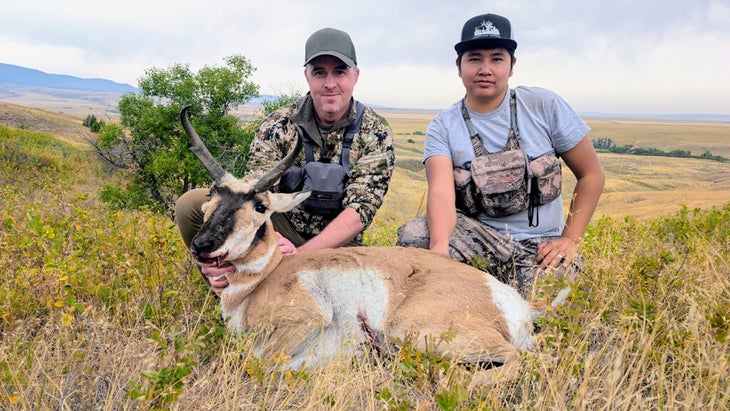
Why Hunt?
No matter where you go on this planet, ecosystems have been vastly and irreparably altered by human activity. Since most of that change has occurred in the span of just a few hundred years, and is a process that’s accelerating, animal species have not had anything like the time it’d take to evolve or adapt. To keep animal populations healthy, humans must step in and manage population levels, provide healthy habitats, limit the spread of disease, and ensure the spread of varied genetics.
Combining conservation and preservation, the United States has seen enormous success. Since we’re talking about deer, in the early 1900s, due to the expansion of cities, industrial agriculture, unregulated hunting (the modern system was implemented a decade later), and similar pressures, nationwide populations of Whitetail had collapsed to . Today that number stands between 25 and 30 million, even as the number of humans in this country has rapidly expanded.
The purpose of hunting is conservation. But it also produces some really good eating. And since deer are so common, and so tasty, they’re a great place to start when it comes to large game.


